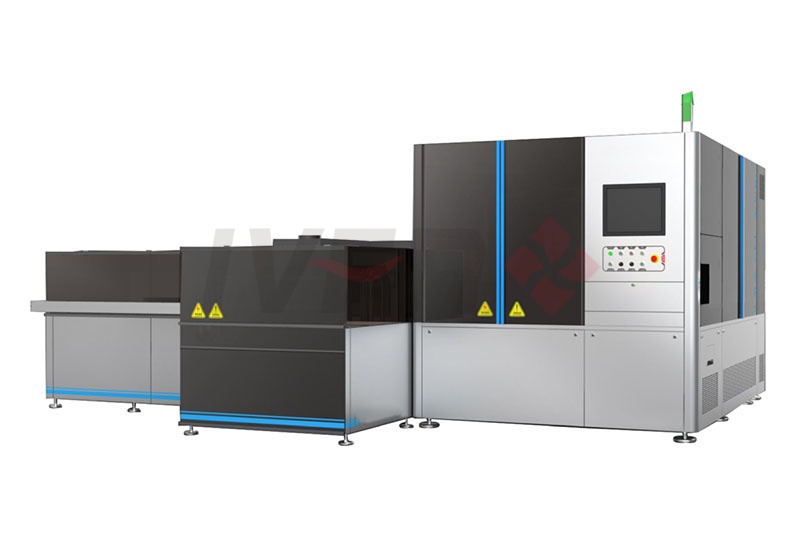In the pharmaceutical industry, ensuring the quality and safety of injectable drugs and intravenous (IV) solutions is of utmost importance. Any contamination, improper filling, or defects in packaging can pose serious risks to patients. To address these challenges, Automatic Visual Inspection Machines have become an essential part of pharmaceutical production lines. These advanced systems utilize high-resolution cameras, intelligent image processing, and automation technology to detect imperfections in pharmaceutical products with high accuracy and efficiency.
Working Principle of Automatic Visual Inspection Machines
The core function of an automatic visual inspection machine is to identify defects in pharmaceutical containers, including foreign particles, improper filling levels, cracks, sealing issues, and cosmetic flaws. The inspection process involves several key steps:
Product Feeding & Rotation – The inspected products (such as vials, ampoules, or bottles) are transported into the inspection station. For liquid inspection, the machine rotates the container at high speed and then abruptly stops it. This motion causes any particles or impurities in the solution to continue moving due to inertia, making them easier to detect.
Image Capture – High-speed industrial cameras take multiple images of each product from different angles. Advanced lighting systems enhance visibility of defects.
Defect Classification & Rejection – If a product fails inspection, the machine automatically ejects it from the production line. The inspection results are recorded for traceability, ensuring compliance with regulatory requirements.
Advantages & Characteristics of Automatic Visual Inspection Machines
High Accuracy & Consistency – Unlike manual inspection, which is prone to human error and fatigue, Automatic Visual Inspection Machine provide consistent, objective, and repeatable results. They can detect micron-sized particles that are invisible to the naked eye.
Increased Production Efficiency – These machines operate at high speeds (hundreds of units per minute), significantly improving throughput compared to manual checks.
Reduced Labor Costs – Automating the inspection process reduces dependency on human inspectors, lowering operational costs while improving reliability.
Data Traceability & Compliance – All inspection data is automatically stored, allowing manufacturers to maintain full traceability for audits and regulatory compliance.
Flexible Configuration – The inspection parameters can be customized based on the product type, container material (glass/plastic), and specific customer requirements.
Application Scope
Automatic visual inspection machines are widely used in pharmaceutical manufacturing for a variety of products, including:
Powder injections (lyophilized or sterile powder in vials)
Freeze-dried powder injections (inspection for cracks, particulates, and sealing defects)
Small-volume injections (ampoules and vials for vaccines, antibiotics, biologics)
Large-volume IV solutions (glass bottles or plastic bags for saline, dextrose, and other infusions)
These machines are also adaptable to pre-filled syringes, cartridges, and oral liquid bottles, making them a versatile solution for quality control in pharmaceutical packaging.
The Automatic Visual Inspection Machine is a critical technology for modern pharmaceutical production, ensuring that only defect-free products reach patients. By combining high-speed imaging, AI-based defect recognition, and automated rejection systems, these machines enhance product safety while reducing costs and human error. As regulatory standards become stricter, pharmaceutical companies increasingly rely on AVIMs to maintain compliance and deliver safe, high-quality medications to the market.

Post time: May-09-2025


